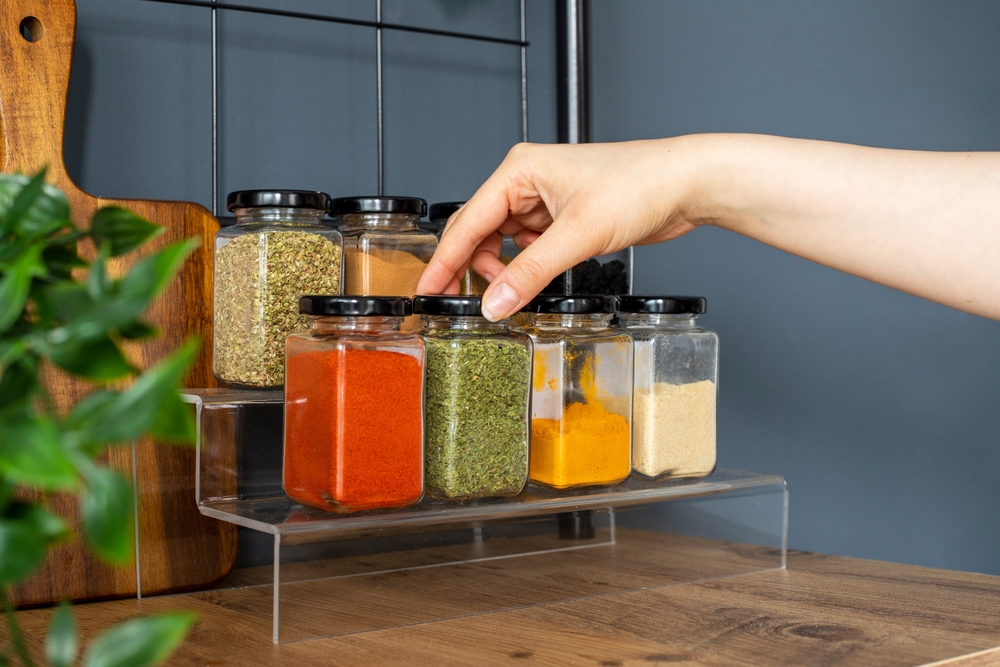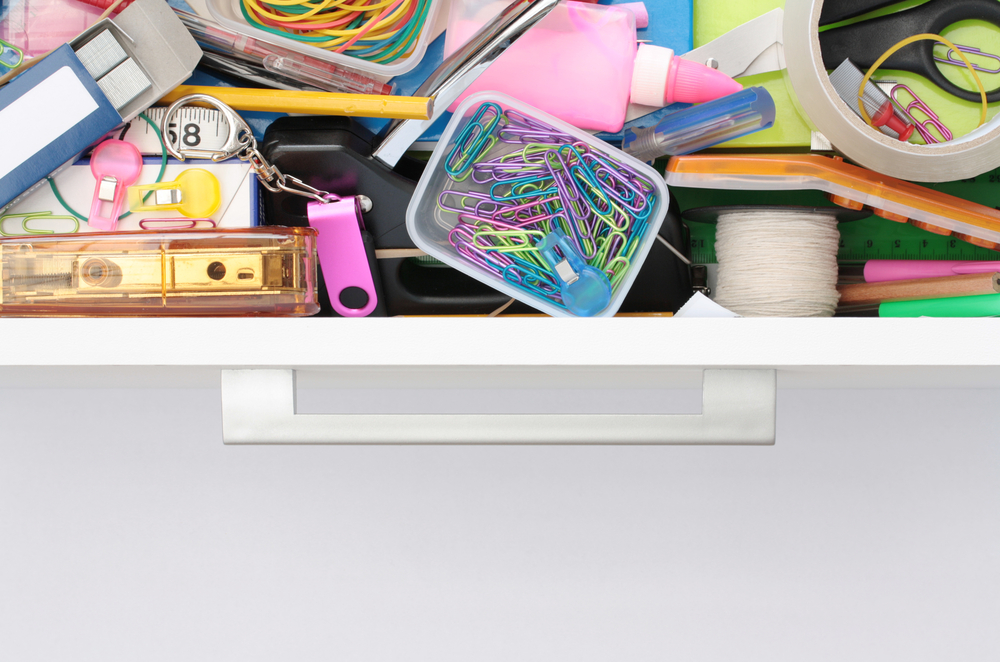Sometimes things just quietly slip through the cracks in our day-to-day lives, don’t they? Prices are rising, and you’re not just imagining it. From the grocery store to your local pharmacy, everyday items are ballooning in cost. Here’s a rundown of some common things that are stealthily taking a bigger bite out of your budget.
1. Morning Coffee

Your morning caffeine fix might be costing you more than it used to. Coffee prices have been on a steady incline, largely due to climate change affecting coffee-growing regions and increased demand worldwide. According to the International Coffee Organization, global coffee prices have doubled over the last few years. While the initial impact might not have been noticeable, those cents add up quickly. Whether you’re a fan of a homebrew or a café aficionado, your wallet certainly feels the difference.
Even if you opt for budget brands or make your coffee at home, the price hikes are unavoidable. Retailers have been passing these costs onto consumers, which means your favorite blend has likely seen a noticeable price increase. It’s not just about the beans, either – everything from cups to filters has seen a price surge. So next time you sip, remember that it’s more than just a drink; it’s an investment in your daily routine.
2. Household Cleaners

The cost of keeping your home fresh and clean is climbing higher each year. Cleaning products, those unassuming soldiers in the battle against grime, have been quietly doubling in price. Part of this is due to the rise in raw material costs and stricter environmental regulations. As companies reformulate products to meet these new standards, the prices are passed on to you, the consumer.
This price increase isn’t just on niche products; it’s across the board. Whether you’re reaching for dish soap or a multi-purpose cleaner, the cost has noticeably crept up. Many people are starting to explore homemade alternatives or buying in bulk to combat these rising expenses. But even those efforts only go so far when the baseline costs are jumping. It’s a clean house at a steeper price, and that’s the reality for many.
3. Fresh Bread

If you’ve noticed your grocery bill climbing, your daily bread might be partly to blame. The cost of bread has seen a significant jump recently, driven by a combination of factors like rising wheat prices and increased transportation costs. According to a report by the United States Department of Agriculture, wheat prices have been experiencing significant volatility, impacting the cost of bread directly. This means even the humble loaf has become a luxury item for some families.
For many people, bread is a staple, so even a small price increase can have a big impact. Some are turning to baking at home to mitigate costs, though that comes with its own set of expenses. Those who still buy at the store may find themselves opting for cheaper, less nutritious options. It’s a difficult balancing act, as rising costs affect the fundamental components of many diets. The breadwinner’s role just got a little harder.
4. Fresh Air

Air fresheners and scented candles, once small luxuries, now come with a surprising price tag. The demand for a pleasant-smelling home isn’t going anywhere, but the cost sure is. Rising prices of essential oils and fragrances have contributed to the increase, along with packaging and transportation costs. This means your favorite lavender-scented candle might be burning more than just its wick.
Many people are noticing that their go-to brands are becoming more of a splurge than a routine buy. The cost of maintaining a pleasantly fragrant home is now a more serious line item in household budgets. As people continue to crave comfort in their living spaces, these items remain popular despite the rising prices. Some are seeking out more economical options, while others see the extra cost as a worthwhile investment in their home’s atmosphere. Either way, the air is a little more expensive these days.
5. Beauty Care

Taking a shower might be the same routine, but your shampoo bottle could be costing you more. The beauty and personal care industry has been hit with rising costs for raw materials and packaging, affecting everything from shampoo to soap. According to a market report from Mintel, there’s been a noticeable increase in personal care product prices over recent years. As brands strive to maintain quality while managing costs, those increases are reflected on the store shelves.
For the average person, this means budgeting more for the essentials they use every day. While premium brands have always carried a higher price tag, now even basic options are creeping up in cost. It’s prompting many to rethink how they purchase personal care products, from buying in bulk to exploring generic alternatives. But even with these strategies, the rising prices are hard to escape. Your clean routine just got a little pricier.
6. Sweet Stuff

Those with a penchant for sweets might find their favorite indulgence more costly. Candy and chocolate prices are on the rise, influenced by higher costs for key ingredients like cocoa and sugar. The global market for these commodities has seen shifts due to supply chain disruptions and increased demand. Your favorite treats might now come with a sticker shock, making that impulse buy a little less tempting.
It’s not just about the core ingredients, either; packaging and transportation costs have also contributed to the higher prices. This means that even seasonal sales or special promotions offer less of a bargain than they once did. As people continue to savor their favorite confections, they might have to be a bit more selective or stretch their budgets. The sweet escape now requires a bit more financial planning, but for many, it’s a small price to pay for a moment of indulgence.
7. Salad Dressing

Salad lovers might be squeezing their wallets tighter when it comes to dressing their greens. Olive oil, a common base for dressings, has seen its price soar due to climate issues impacting olive harvests. According to a report by the International Olive Council, adverse weather conditions have significantly reduced olive oil production, leading to price spikes. This means your homemade vinaigrette might now be a more costly addition to your meal.
In addition to olive oil, other oils and dressing ingredients are also experiencing price hikes. The rising costs are prompting some to reconsider how they spice up their salads, perhaps seeking out alternative oils or making simpler dressings. While the desire for healthy eating remains strong, the cost of maintaining such habits is becoming more challenging. It’s a tough choice between sticking with what you love or finding more budget-friendly options, but either way, your salad bowl might be more expensive to fill.
8. Convenience Meals

Pre-packaged snacks and meals, marketed for convenience, are now less of a bargain. Rising costs for ingredients, packaging, and transportation have all contributed to these items becoming pricier at the checkout. It’s a quiet shift that’s caught many by surprise, as these products are often staples for those with busy lifestyles. Suddenly, that grab-and-go snack or easy dinner option demands a significant part of your weekly budget.
This shift challenges people to reconsider their shopping habits and meal planning. Some find themselves turning to cook from scratch, though it requires additional time and effort. For others, it’s about finding a balance between convenience and cost, weighing whether the time saved is worth the extra expense. It’s a personal decision, influenced by lifestyle and priorities, but one thing is certain: convenience is no longer cheap.
9. Leather Goods

If you’ve been eyeing a new pair of leather shoes or a handbag, you might have noticed a hefty price tag. The cost of leather goods has quietly doubled, driven by rising demand and increased production costs. As more people across the globe seek out leather products, the competition for materials has intensified. The quality that comes with leather often justifies the price for many, but the increase is hard to ignore.
It’s not just about fashion; leather goods are often seen as durable investments. However, even those looking for long-lasting items might hesitate at the checkout. The price hike has prompted some to explore alternatives, such as synthetic materials, or to wait for significant sales and discounts. Regardless of how people choose to approach it, the leather price leap is a reality in today’s market. Quality comes at a cost, and that cost is on the rise.
10. Cooking Spices

If you’ve found your grocery bill spicing up, the culprit might be closer than you think. Spices, those tiny flavor powerhouses, have seen noticeable price increases. Factors like climate change, labor shortages, and transportation issues have all played a part in this rise. Your favorite garlic powder or cinnamon stick could now be a pricier addition to your culinary arsenal.
These price hikes might lead people to think twice about experimenting with new flavors or stocking up on their go-to seasonings. Some are finding creative solutions, like growing their own herbs or buying in bulk to save on costs. But spices are often a culinary necessity, so cutting them entirely is rarely an option. It’s a small sacrifice for flavor, but one that now requires a bit more financial savvy.
11. Personal Grooming

Manicures and pedicures at home might be costing you more than a salon visit lately. Nail polish and related products have seen price increases, a trend driven by the cost of raw materials and packaging. This subtle rise has been catching many by surprise, especially for those who regularly update their collection. The allure of new colors and finishes might now require a more significant financial commitment.
For many, doing nails at home has been a cost-saving measure, but the recent price hikes challenge that narrative. People might find themselves reconsidering how often they indulge in new polishes or how they care for their nails. Some are turning to minimalistic routines, while others are budgeting more for their home nail care. It seems that the love of a fresh coat of polish might now come with a higher price tag.
12. Daily Supplements

Staying healthy is increasingly expensive, as many have noticed when buying vitamins and supplements. The cost of these health aids has been on the rise, influenced by raw material prices, regulatory changes, and increased demand. As people focus more on wellness, the industry has responded with higher-priced products. Suddenly, that daily multivitamin requires a more considerable investment.
For those committed to their health routines, the rising prices are a frustrating development. Some are seeking out sales, exploring generic brands, or even reconsidering which supplements are essential. However, the demand for these products continues, as many prioritize their health above all else. This cost crunch is a reminder that taking care of oneself isn’t just about time and effort; it’s also about financial readiness.
13. Stationery Supplies

Even the humble pen and notebook have seen a price surge, much to the frustration of students and office workers alike. The cost of stationery items has been on the rise, driven by increased production and material expenses. This is particularly noticeable during back-to-school season, when these items are in high demand. Suddenly, stocking up on office or school supplies is a more daunting financial endeavor.
For many, stationery is an essential part of daily life, whether for work, study, or personal projects. The rising prices have prompted some to be more strategic about their purchases, seeking out deals or prioritizing quality over quantity. It’s a small but significant shift in how people approach their stationery needs. As prices continue to rise, it’s clear that even the smallest items can have a big impact on budgets.
This article is for informational purposes only and should not be construed as financial advice. Consult a financial professional before making investment or other financial decisions. The author and publisher make no warranties of any kind.






